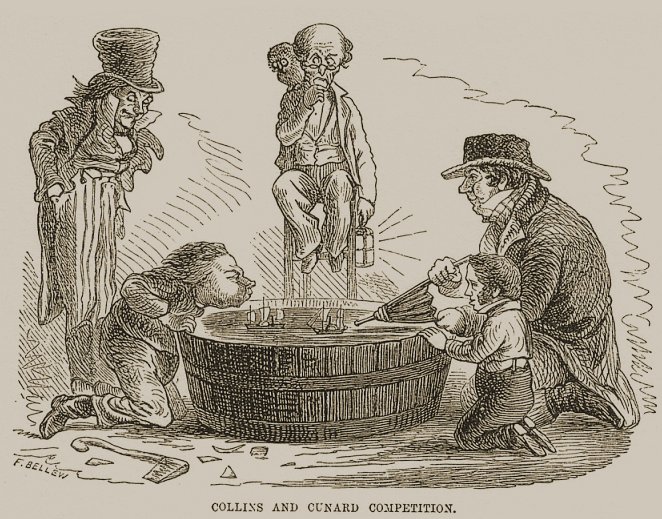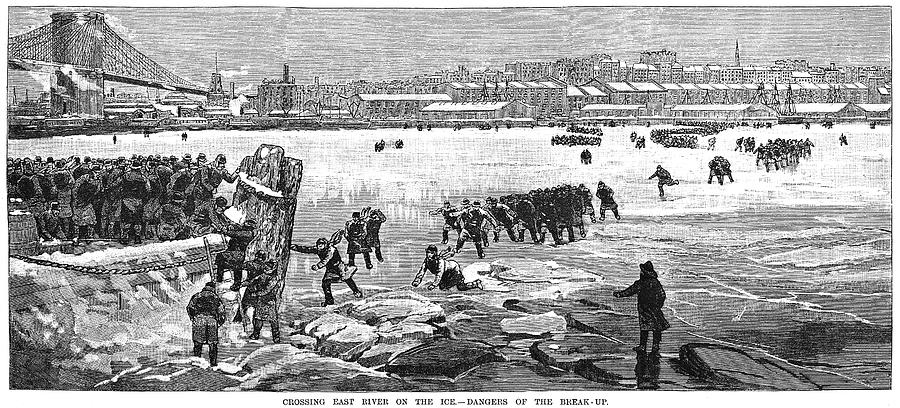March 13th in NYC History
Posted: Mar 13, 2013 | 12:26 AM
1852: "Uncle Sam" made his illustrated debut. The cartoon was by Frank Bellew, and it appeared in the New York Lantern.

This political cartoon portrays Britain, as John Bull, assisting its shipping industry, while the US, personified by Uncle Sam, stands by watching. The New York Lantern shines a light on the situation.
1885: Joseph Pulitzer's promise to print the names of the contributors in The World got the Statue of Liberty's pedestal fully financed.
Pulitzer, a Hungarian immigrant and publisher of the world's most-read newspaper, which championed social justice, was a hero to poor immigrants, inspired immigrants to pay for the base of the statue, despite their poverty.
We hear this story and others on Statue of Liberty tours, New York Harbor tours, and Staten Island Ferry tours.

1888: New Yorkers walk across the East River at the end of the Great Blizzard.

1913: William J. Casey, President Reagan's CIA Director 1981-1987 and campaign director in 1980, born in Queens.
He was involved with the Iran-Contra Scandals and has been implicated in the October Surprise scandal of 1980 which encouraged Iran to keep American Ambassadors hostage until after the election and the Carter term.
1939: Chart-topping songwriter, tens of millions sold over decades, and performer, Neil Sedaka, born in Brooklyn.
1964: Kitty Genovese, 28, was stabbed to death in Queens while screaming bloody murder. Her death symbolized urban apathy and out-of-control urban violence and fear with tinges of racism. The New York Times incorrectly portrayed that over three dozen people witnessed the attack, but 'did not want to get involved.'
Decades later, it came to symbolize urban alienation and powerlessness, especially on my tours.
In my Community Gardens tours, Harlem tours, and Greenwich Village tours, all where we encounter Community Gardens, we learn how community gardening strengthens neighborhoods and increases safety by having diverse neighbors know each other, know who is there possibly to harm, and increase networks and bravery to take stands. The turnaround of New York City took hundreds of thousands of regular people decades to accomplish.